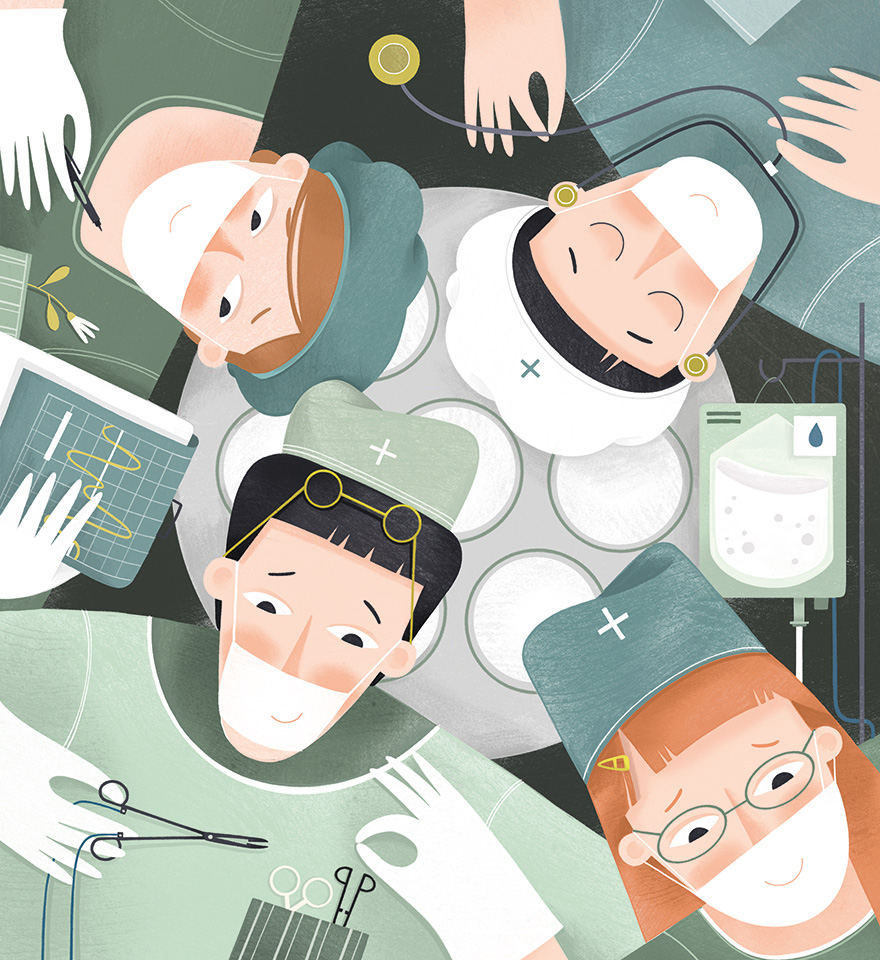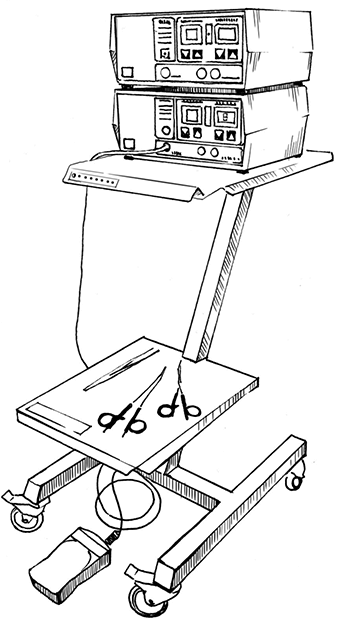PatonBorys
November 14, 1918, Kyiv, Ukrainian People’s Republic (now Ukraine) —
August 19, 2020, Kyiv, Ukraine
Electric welding of soft tissuеs
During the process of electric welding, soft tissues are connected by a high-frequency electric current.

It is interesting how people, even inventors, come up with such seemingly crazy ideas...
Paton was seventy-six when, while skiing, he broke his femoral neck and was taken to hospital. Surgery was needed. While analyzing how it went and how the sutures were healing (and scientists are always analyzing everything), Paton thought that the tissues could be welded, instead of being sewed.
When he got back to work, he brought together the engineers of the Electric Welding Institute, which he had headed since 1953, as well as the best surgeons, histologists , and morphologists.
The first experiments began in the early 90's on laboratory animals — rats, rabbits, dogs, and pigs. The animals underwent surgery first, and then the team was observing the processes of tissue repair and suture healing in a day, a week, a month, sixty, ninety, and one hundred and eighty days. The team needed to understand what was happening at the cellular level at that time because the current had to connect the tissues without killing the cells.
And here’s what was happening. Cells and intercellular space contain protein. During electric welding, when two edges of the tissue are clamped together, a low voltage current begins to affect the cells, and the cell membrane is partially destroyed. At this point, the protein is released, and since the temperature in the welding zone reaches
After the successful completion of the first phase of the experiments, engineers and doctors moved from laboratories to operating rooms. There they were waiting to work with human tissues and organs, but so far with those that were removed during the planned operations by other surgeons. Removed part of the stomach, liver, blood vessels, gallbladder, a piece of the intestine — all instantly fell on the experimental operating table of Boris Paton’s team.
In 1998, after successfully completing all the necessary experiments, the scientists applied for a patent for a new method of connecting human tissues, and also received permission for clinical trials. Soon doctors had a choice — to sew or weld.

High-frequency welding electrocoagulator
Since the early 2000s, tens of thousands of surgeries have been performed in Ukraine applying the Borys Paton method. Most often, neurosurgeons, ophthalmologists, urologists, orthopedists, and traumatologists choose electric welding equipment. From time to time, colleagues from other countries come to their operating rooms and wonder how they managed to combine such seemingly incompatible things.
Having learned to weld tissues, Boris Paton and his team dreamed of learning to weld bones. as well. It seems that the reasons for the surprise will not end soon.
As they say, to be continued...